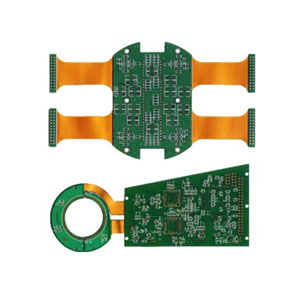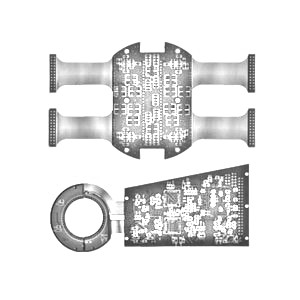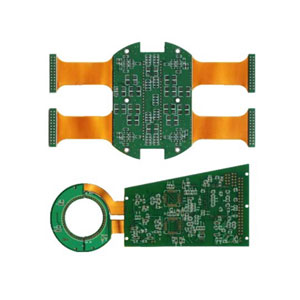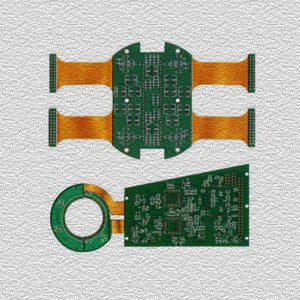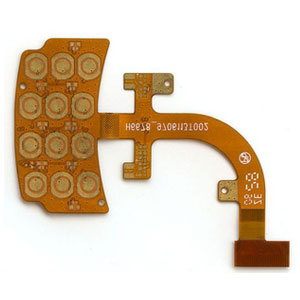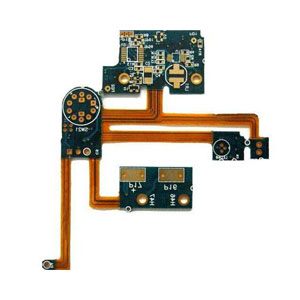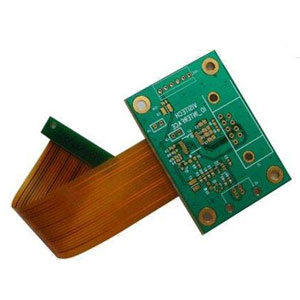Product Detail:
Multilayer flexible circuits combine multiple single-sided or double-sided circuits with complex interconnection, shielding, and/or surface mount technologies in a multilayer design. Throughout the production process, multiple layers may or may not be continuously laminated together. If your design requires maximum flexibility, continuous lamination may not be appropriate. When faced with design challenges, multilayer circuits are an effective solution, such as: inevitable crossover, specific impedance requirements, elimination of crosstalk, additional shielding, and high component density.The benefits of flexible printed circuits:
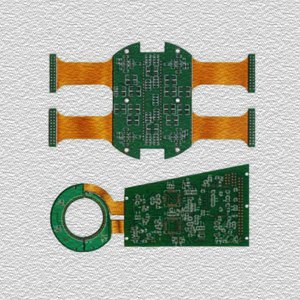
1. Reduce assembly errors-through precise design and automated production, flexible circuits eliminate human errors that occur in hand-made wiring harnesses. Except for production-induced errors, the circuit is only routed to those points required by the precise design plan.
2. Reduce assembly time and cost-Flexible circuits require less labor in the assembly process and reduce production errors. Flexible circuits have the inherent ability to integrate shape, assembly and function. The flexible circuit eliminates the high cost of wiring, winding and soldering wires. Install or replace a complete interconnection system instead of a separate hard PC board. As a result, wiring errors are eliminated and therefore manufacturing costs are reduced. Whether it is small batch production of complex circuits or mass production of simple circuits, assembly time and cost have been reduced.
Highly complex configuration
Withstand harsh operating environment
Odd and even combination
Complex interconnection
shield
Rigidity/flexibility
Surface mount equipment
The conversion of wiring harness to flexible wire can reduce wiring errors caused by manual connection and shorten assembly time
 PCBLike.com
PCBLike.com

